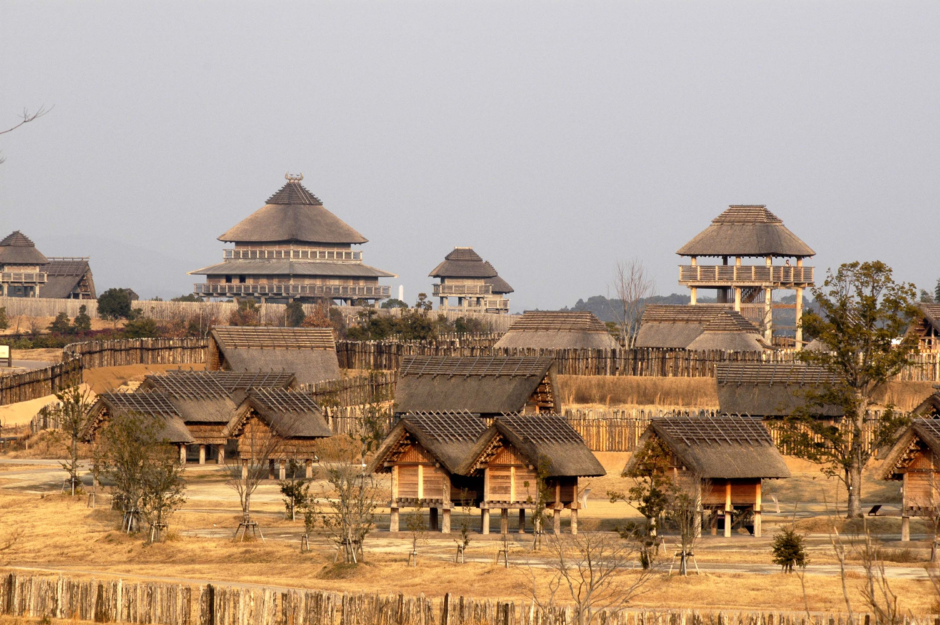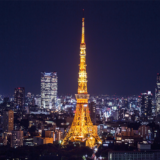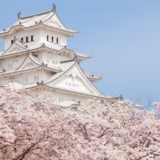Here are the top 10 hidden gems in Japan that are lesser-known to tourists.
These spots offer serene and beautiful places or unique experiences.
目次
- 1. Mount Myogi (Gunma Prefecture)
- 2. Ouchi-juku (Fukushima Prefecture)
- 3. Narai-juku (Nagano Prefecture)
- 4. Sado Island (Niigata Prefecture)
- 5. Mount Koya (Wakayama Prefecture)
- Seto Inland Sea Islands (Hiroshima, Kagawa, Okayama Prefectures)
- 7. Shimanto River (Kochi Prefecture)
- 8. Tottori Sand Dunes (Tottori Prefecture)
- 9. Yoshinogari Ruins (Saga Prefecture)
- 10. Tono (Iwate Prefecture)

Located in Gunma Prefecture, Mount Myogi offers breathtaking scenery with its rugged cliffs and beautiful nature. There are well-maintained hiking trails suitable for beginners to advanced hikers. Especially during the autumn foliage season, the entire mountain is enveloped in vibrant colors.
Mount Myogi has a mystical atmosphere with many myths and legends associated with its unique topography. From the summit, you can get a panoramic view of the Kanto Plain, captivating all who visit. At the foot of the mountain, Myogi Shrine offers a peaceful sanctuary to calm your mind.

Ouchi-juku in Fukushima Prefecture is a beautiful village that retains the atmosphere of an Edo-period post town. Thatched-roof houses line the streets, making you feel as if you’ve stepped back in time. It’s a tranquil place to enjoy traditional Japanese scenery.
The main street of Ouchi-juku has restaurants serving the local specialty, “negisoba,” where you use a long leek as chopsticks—a unique dining experience. There are also hiking trails around the village where you can enjoy the picturesque rural landscape.

Narai-juku in Nagano Prefecture is a historic post town along the Nakasendo. The well-preserved Edo-period buildings allow you to stroll through traditional streets. With relatively few tourists, it’s a peaceful place to spend time.
In Narai-juku, you can purchase local crafts and handmade souvenirs. The area is famous for lacquerware and wooden products, showcasing the craftsmanship of local artisans. Traditional cuisine unique to post towns can also be enjoyed here. Narai-juku offers a place to experience history and culture at a leisurely pace.

Sado Island in Niigata Prefecture boasts rich nature and unique culture. With fewer tourists, it’s a quiet place to enjoy nature. The historical Sado Kinzan (Sado Gold Mine) is a site of significant historical value where you can tour the remains of a former gold mine.
Sado Island also offers traditional cultural experiences, such as Noh theater and the Sado Okesa dance. A drive along the beautiful coastlines and mountains is highly recommended. The island is also known for its fresh seafood, particularly the Sado squid and yellowtail, which are delicious.
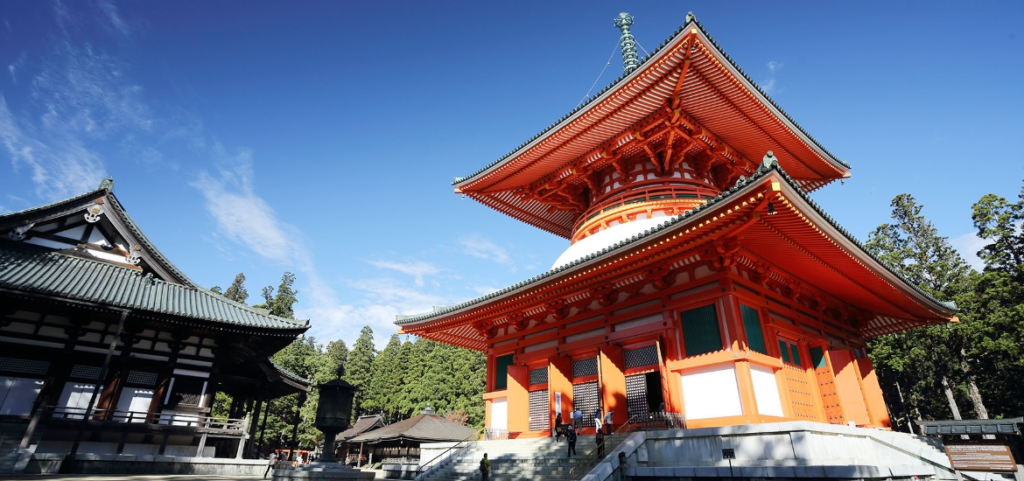
Mount Koya in Wakayama Prefecture is known as a sacred Buddhist site, yet it remains relatively uncrowded, offering a tranquil environment to calm your mind. With over 1,200 years of history, the area has many temples and religious sites where you can glimpse the life of monks.
Okunoin is the sacred site where Kobo Daishi (Kukai) rests, attracting many believers. Located in a serene forest, you can cleanse your spirit while exploring. Temple lodging (shukubo) on Mount Koya allows you to enjoy vegetarian cuisine and experience Buddhist teachings.
Seto Inland Sea Islands (Hiroshima, Kagawa, Okayama Prefectures)
The Seto Inland Sea is dotted with beautiful islands. Notably, Naoshima, Inujima, and Teshima are unique destinations where modern art and nature blend seamlessly. These islands are relatively uncrowded, allowing you to enjoy art in a peaceful setting.
Art Islands of the Seto Inland Sea: Naoshima, Inujima, Teshima
The Seto Inland Sea features numerous beautiful islands, with Naoshima, Inujima, and Teshima standing out as captivating destinations where modern art and nature blend harmoniously. Each island hosts its own art projects, making them sacred places for art enthusiasts. They are recommended for those who wish to enjoy art in a serene environment.

Naoshima, a small island in Kagawa Prefecture, is globally renowned as an island of contemporary art. The Naoshima Project, led by Benesse Holdings and Tadao Ando, has transformed the entire island into a canvas of art.

Located in Okayama Prefecture, Inujima is an island where a former copper refinery has been repurposed into a site for contemporary art. Operated as part of the Benesse Art Site Naoshima, it offers a unique space where industrial heritage and art merge.

Teshima, an island in Kagawa Prefecture, features modern art installations centered around the Teshima Art Museum. Many works on the island address environmental themes, showcasing the coexistence of nature and art.
Ferries and high-speed boats provide convenient access to these islands. You can enjoy an art tour while taking in the beautiful scenery of the Seto Inland Sea. Renting a bicycle to explore the islands is also recommended. These islands offer a new discovery for tourists in a tranquil environment where they can deeply appreciate art.
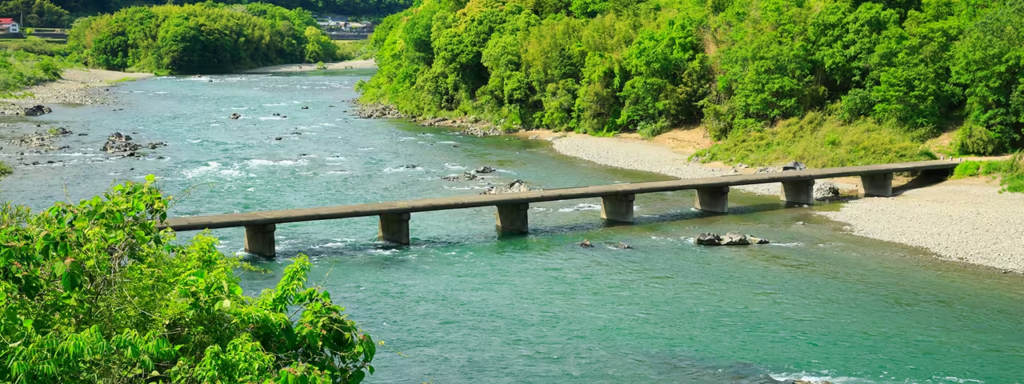
The Shimanto River in Kochi Prefecture is known as Japan’s last clear stream, captivating visitors with its beautiful scenery. With few tourists, it offers a tranquil environment to relax in nature. Activities such as canoeing and river trekking are available on the Shimanto River.
The surrounding area features many hot springs and rural landscapes, providing a peaceful retreat. Local cuisine, including dishes made with ayu (sweetfish) and eel, is a highlight. The Shimanto River is the perfect place to escape the hustle and bustle of city life and immerse yourself in serene nature.
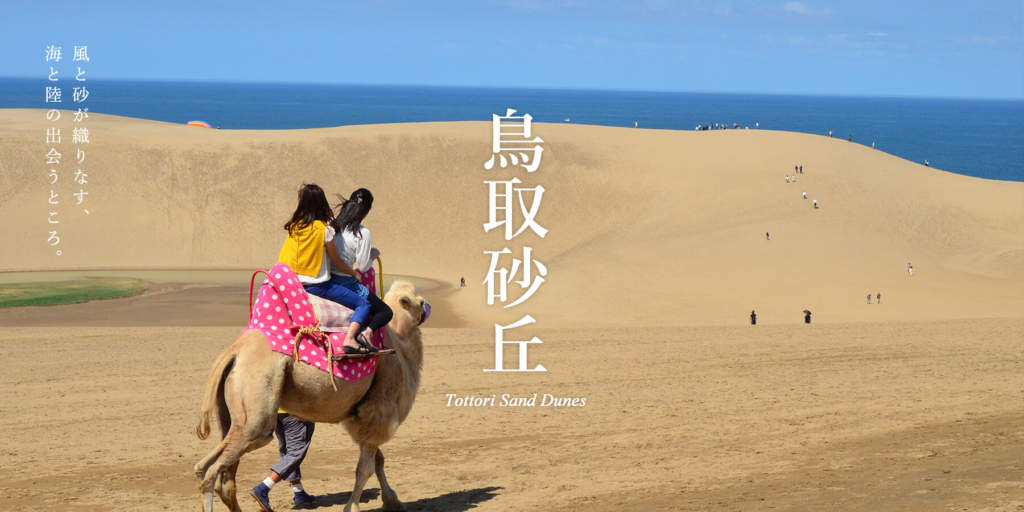
The Tottori Sand Dunes in Tottori Prefecture are Japan’s only desert-like landscape, giving you a sense of being in a different country. With relatively few tourists, you can enjoy the dunes in a quiet setting.
You can experience riding camels and enjoy sand sculptures at the Sand Museum. The beautiful sunsets that paint the dunes in red hues offer a fantastic view worth seeing. The Tottori Sand Dunes are a hidden gem where you can feel the wonders of nature.
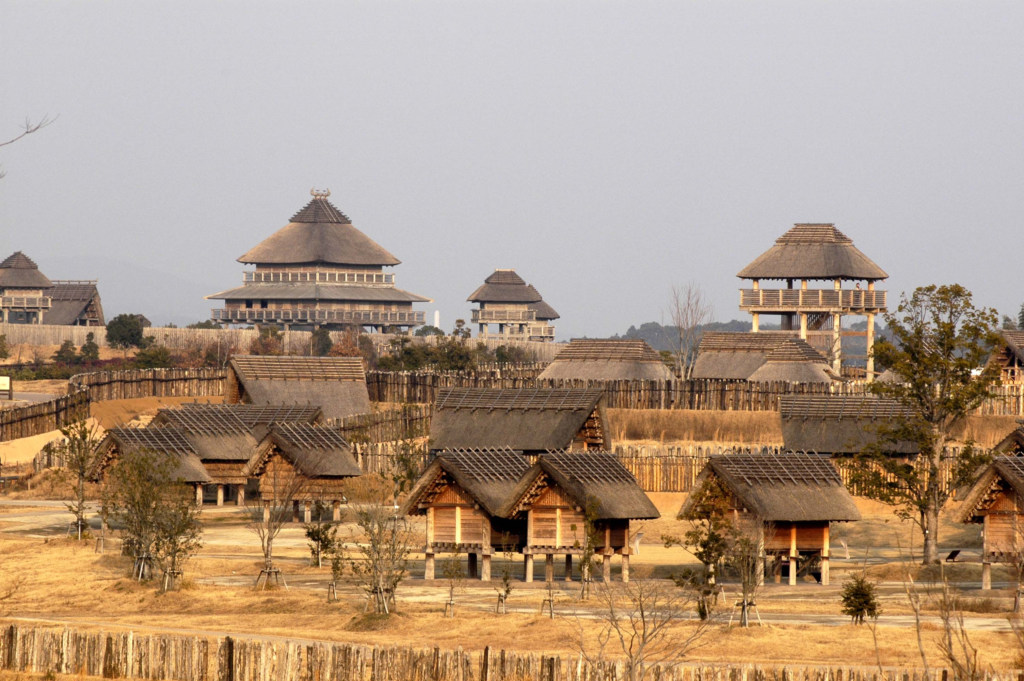
The Yoshinogari Ruins in Saga Prefecture are the remains of a large moat-encircled village from the Yayoi period, offering a glimpse into ancient Japanese history. With few tourists, it’s a quiet place to learn about history. The expansive archaeological park features reconstructed dwellings and storage buildings, allowing you to see how people lived during the Yayoi period.
Guided tours and experiential programs at Yoshinogari Ruins provide insights into the Yayoi lifestyle. The park also has nature-rich walking trails where you can enjoy history and nature at your own pace.

Tono in Iwate Prefecture is a mystical place with many folklore and legends. Known for “Tono Monogatari,” the area features fascinating spots such as Kappa Pool and Tono Castle Ruins. With few tourists, you can enjoy the world of folklore in a quiet environment.
The outskirts of Tono feature beautiful rural landscapes and traditional farmhouses, offering a peaceful retreat. You can also visit local farms to experience farming and enjoy regional cuisine. Tono is a hidden gem where you can enjoy nature and culture while immersing yourself in Japanese folklore and legends.
These hidden gems in Japan offer diverse experiences and lesser-known charms. With fewer tourists, you can enjoy a peaceful environment, interact with locals, and connect with nature. Be sure to visit and discover the hidden beauty of Japan.

 Handn blog
Handn blog 